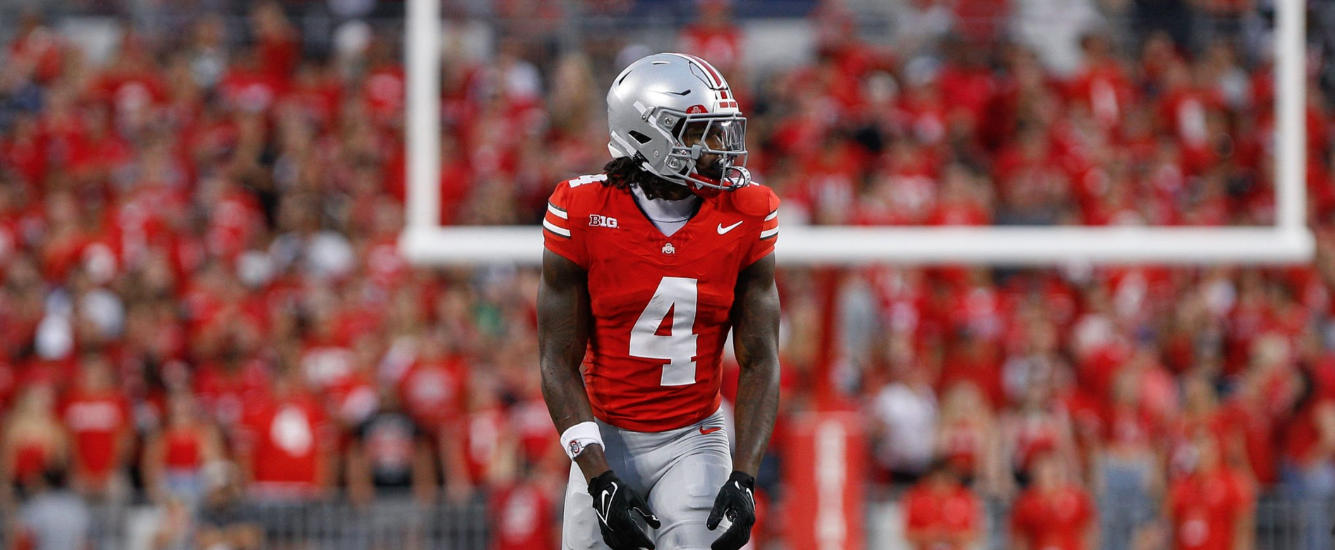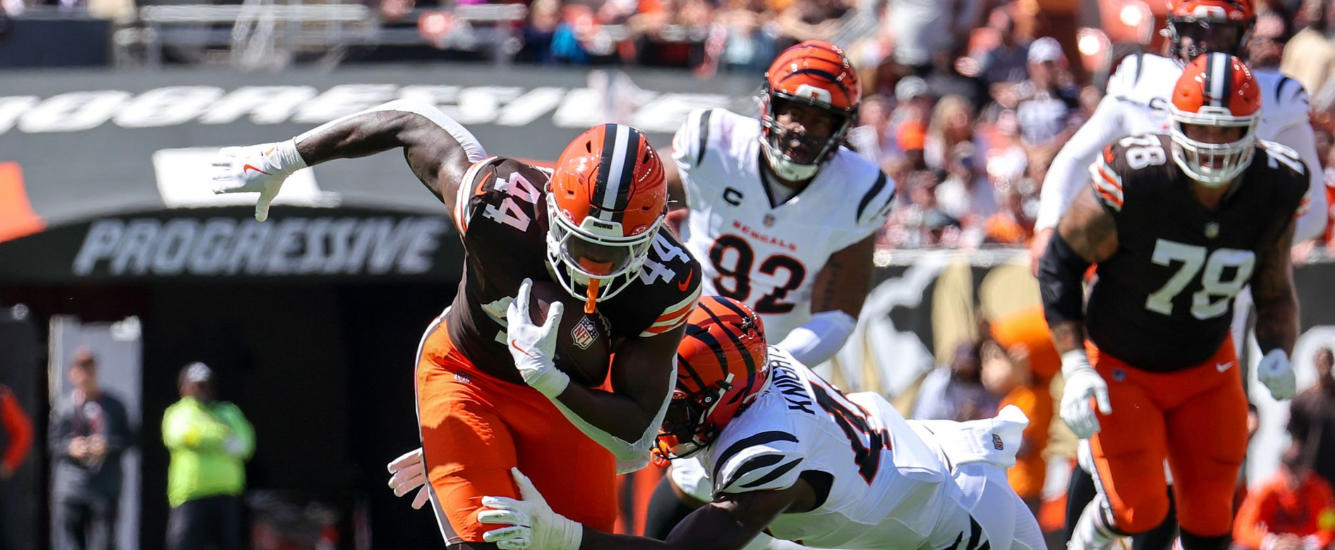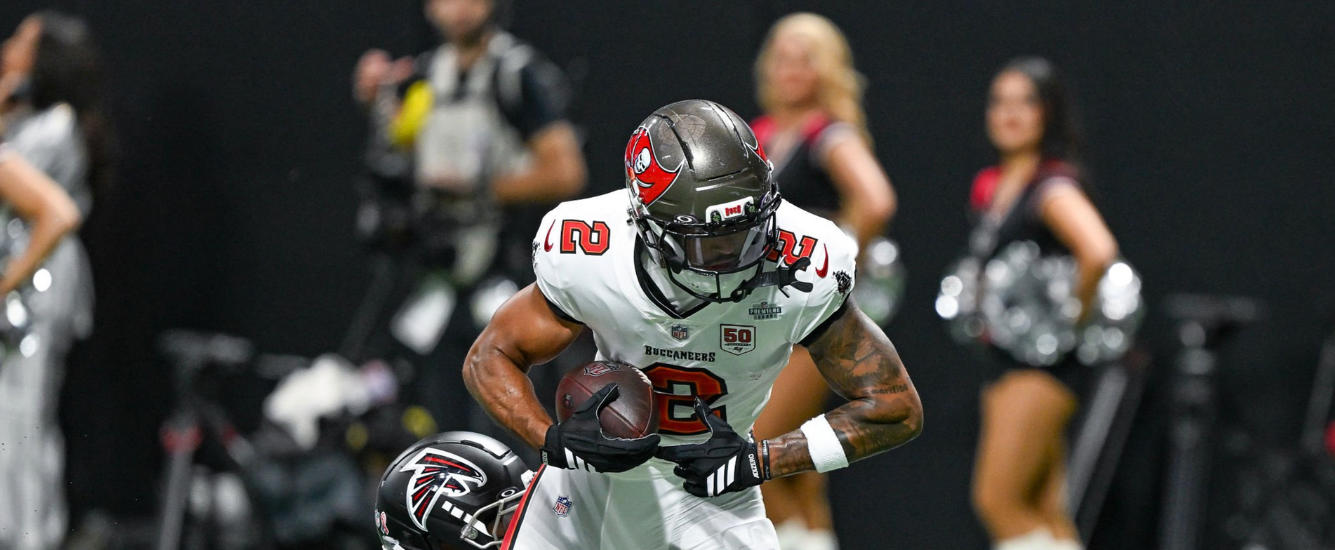Golf is volatile. There’s so much variance in golf. GoLOLf. All these common things are said about golf on a weekly basis. Most of the people I know in the fantasy or gambling space question why I bother trying to predict golf. It’s a valid question. My main reason for analyzing golf is that I grew up playing and watching the sport and it truly was my first love. As I got into modeling and analytics, I thought that I should give it a crack because it seemed like an interesting puzzle. It’s turned out to be just that and I’m happy to be doing work in a different way than a lot of my peers in the industry when it comes to this analysis.
From a top-down perspective, I’ve quantified a golfer’s baseline skill with my PRK Score. Last year, I backtested it through the 1995 PGA Season and it’s been quite successful. The PRK is one of the main inputs in my simulator but there also has to be a volatility component. Otherwise, the simulator would just go straight chalk and we wouldn’t really glean anything from the simulations. My raw Power Ranking is a measure of how well a golfer does in each round. It’s adjusted for field strength and course, among other things. To get a volatility measurement, I’m looking at the standard deviation of that adjusted score over different time frames. Specifically, I’m looking across the last 24 rounds as a proxy for recent form and the last 150 rounds for long-term form. Depending on which golfer you’re referring to, the average real-time span of those timeframes are as follows:
- Last 24 rounds = About two months
- Last 150 Rounds = A year and a half
Finishing Position Rates
The question is how volatile of a golfer should we be looking for. Should we be targeting the less-skilled, more volatile golfers? Should we be targeting the elite, more consistent golfers? Is it even true that less-skilled golfers are more volatile and elite golfers more consistent? Across the entire population, here are the base rates for different finish positions.
| Win Rate | Top 5 Rate | Top 10 Rate | Top 20 Rate | Made Cut Rate | |
| Total Population | 0.8% | 5% | 10% | 18.3% |
51.6% |
And here are the same results but split out by their volatility groups.
| Volatility Group | Win Rate | Top 5 Rate | Top 10 Rate | Top 20 Rate | Made Cut Rate |
|---|---|---|---|---|---|
| Recent - Most Volatile | 1.20% | 5.40% | 9.30% | 16.80% | 43.20% |
| Recent - More Volatile | 1% | 5.30% | 10% | 17.90% | 50.30% |
| Recent - Less Volatile | 0.80% | 5% | 9.70% | 19% | 54.40% |
| Recent - Least Volatile | 0.40% | 4.20% | 9.60% | 19.70% | 58.10% |
| Long Term - Most Volatile | 0.80% | 4.70% | 8.30% | 15.50% | 43.60% |
| Long Term - More Volatile | 0.90% | 4.70% | 9.40% | 18.20% | 50.90% |
| Long Term - Less Volatile | 0.90% | 5.60% | 10.50% | 19.60% | 54.60% |
| Long Term - Least Volatile | 0.70% | 4.90% | 10.20% | 20% | 57% |
From a macro perspective, we’re seeing a trend. All things being equal, when golfers are volatile they have a better chance of reaching a ceiling outcome[1]Especially golfers who have been volatile in the short-term. but also come with more risk of a missed cut. This is across the entire population, though, so we’re capturing many different types of golfers. The question that still lingers is what happens with golfers at different skill levels. Stay tuned in the coming days for how different PRK Groups are affected by volatility and how to leverage that in our DFS lineups.
Footnotes[+]Footnotes[−]
| ↑1 | Especially golfers who have been volatile in the short-term. |
|---|




















